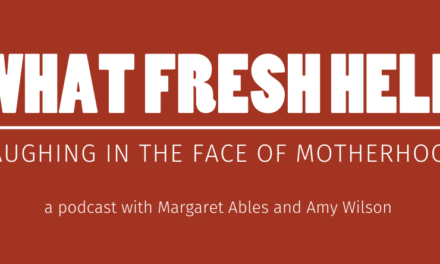Sixty-two percent of people say they prefer creators who publish educational content to those who distribute content for entertainment purposes, according to the recently published 2024 Online Learning Trends.
Thinkific, the online course creation platform that authored the report, says it sees a shift coming this year: “The path to monetization is going to become more straightforward. And we’re already starting to see new and experienced creators monetize quickly by following a much simpler, much more attainable path: digital product sales.”
Those products encompass more than online courses, including guides, ebooks, templates, Q&As, etc.
But how do you get a pricing model that accommodates your audience and helps you achieve revenue goals? Here are five things you can do:
1. Look at the market: Digital content products targeted to executive-level professionals might be priced at thousands of dollars. But you need a much lower starting price point if you target knitting hobbyists.
Look at your competitors to identify a price that may already work for your audience (or at least the pricing they see in the marketplace.) What content products do they sell? How much do they charge?
Then, ask the target audience. Use a LinkedIn poll, pose the question in your newsletter, or ask them to comment during your video. Don’t ask them for a number. Instead, give them three options with ranges – and don’t start with $0. With that data, you can better understand what they would be willing to pay.
2. Presell products: Even when you know the market for similar products, it can be hard to gauge interest in your product. And, often, you may need some to create the nuts and bolts behind the product. That’s why preselling is a popular option for content creators.
With this strategy, your audiences pay now to receive the product when it’s live. They get the opportunity to reserve, and you’ll have the money – and incentive – to get it done. (Just make sure, of course, you give them the release date when they pay and make sure to honor that commitment.)
It’s the strategy used by Monique Melton of Shine Bright School, who teaches on Black liberation and anti-racism topics. She offers advice for other creators considering the presell option, “Warm up your audience about the topic, talk to them about it, the benefits of the topic, let them know something is coming, ask questions, and directly DM them and ask them to tell [you] what their thoughts are,” she says.
Preselling builds excitement around the course – for your customers and you.
3. Upsell offerings: Depending on the type of content product, you can scale its pricing. With an online course, for example, you could charge $50 for a 30-minute, asynchronous course, $150 for a 90-minute live course, and $300 for small group sessions where students get one-on-one guidance from you.
With digital download products, you can layer the offerings. You could charge $99 for a template, $199 for a template and guidebook, and $499 for a template, guidebook, and webinar.
Content entrepreneur Christina Rozema, founder of New Wellness Perspective, has offered an inexpensive boot camp to get students in the door. “I find that once they’ve made that initial purchase, they’re way more open to the upsells,” she says. Each product builds on the previous one. “They’re structured in such a way that they get people to think about what’s the next step and is it worth this much more. And it’s not that much more.”
4. Seek sponsors: Not every creator has an audience that can easily plunk down a couple of hundred bucks for a digital product. In that case, it might make sense to find a sponsor who will pay to attach their name to your product. In return, they are recognized and promoted on the product or during the event so they can reach potential customers for their business.
5. Sell subscriptions: A subscription model is increasingly popular with creators because it ensures a more predictable revenue stream and allows the audience to connect continually with the content brand.
Subscriptions are an obvious answer for entrepreneurs who regularly deliver content, such as newsletters and podcasts. But they also can work for online courses, digital content downloads, and more. However, you must plan what products the subscribers will receive and how frequently and deliver them on time.
Helpful Resources:
How To Price Your Online Course [Thinkific]
6 Strategies To Bring in Money From Your Online Courses [The Tilt]
How Much Money Can You Make Selling Online Courses? [OnlineCourseHost.com]
About the author
Ann regularly combines words and strategy for B2B, B2C, and nonprofits, continuing to live up to her high school nickname, Editor Ann. An IABC Communicator of the Year and founder of G Force Communication, Ann coaches and trains professionals in all things content. Connect with her on LinkedIn and Twitter.










